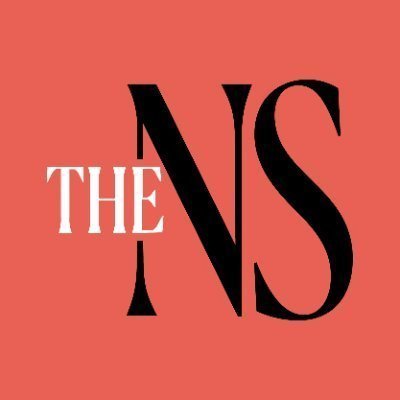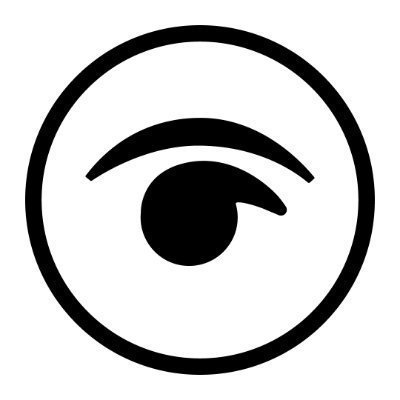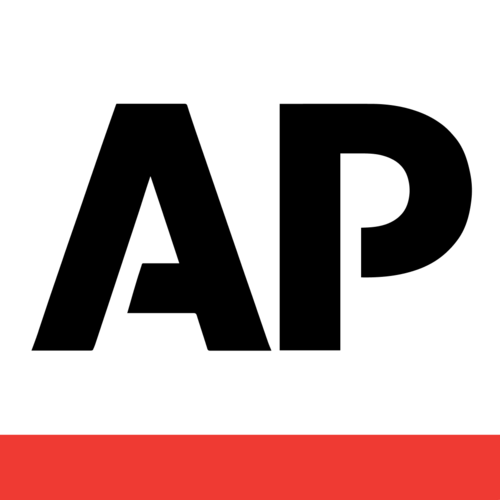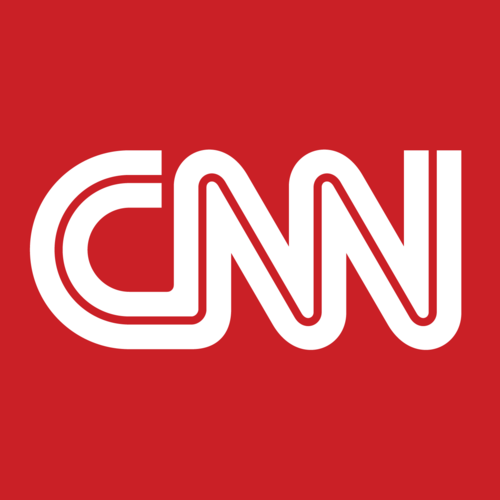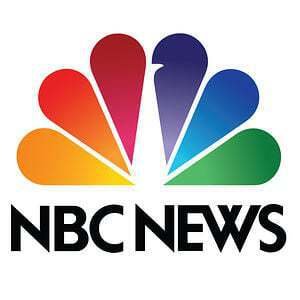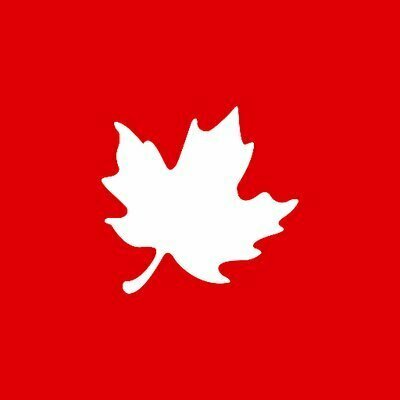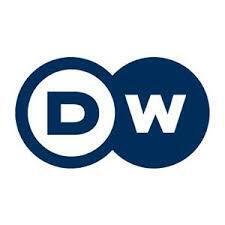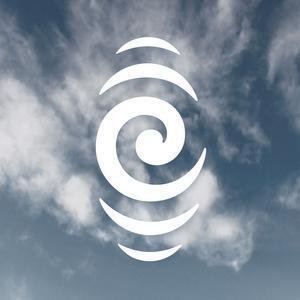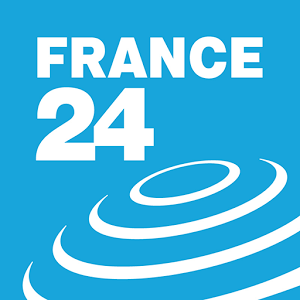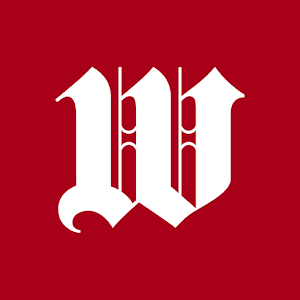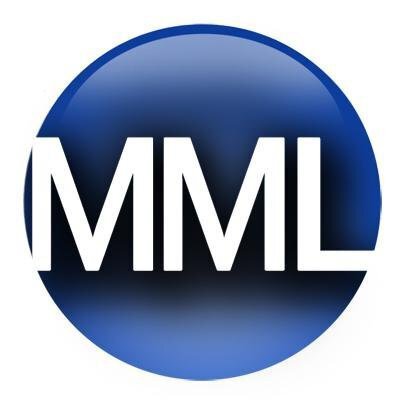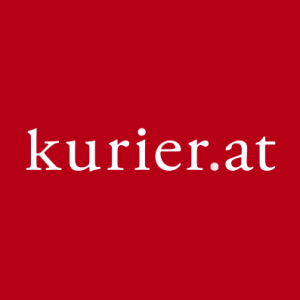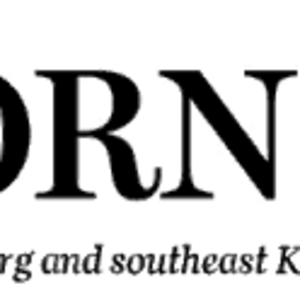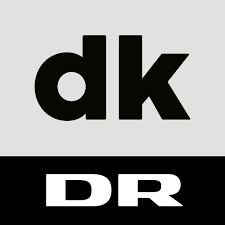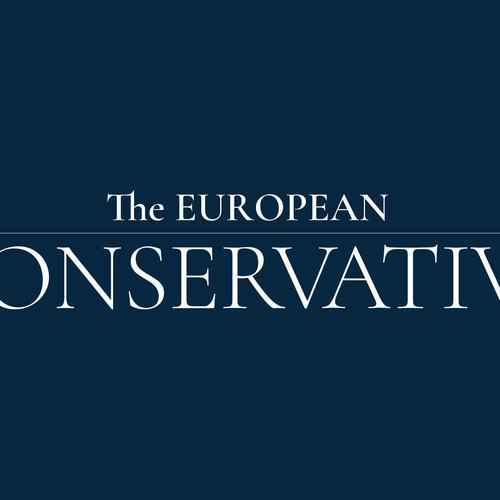A day after Donald Trump’s presidential election victory, Germany’s government had a rare collapse which sent the country into political uncertainty. On Wednesday, Nov. 6, Chancellor Olaf Scholz fired his finance minister Christian Lindner over budget disagreements and the overall economy, which led to the end of the three-party coalition.
The group was also known as the “Traffic Light” coalition due to the colors of the parties: red for the Social Democratic Party, yellow for the pro-business Free Democratic Party and green for the Greens.
Lindner is the head of the Free Democrats who want a debt ceiling, while the other parties want to spend government money to kick-start the economy.
Scholz will continue to be chancellor, now in a minority government, until the end of the year.
This means that Scholz’s Social Democrats and the Greens will need to pass legislation with cooperation from opposition parties including the Christian Democratic Union.
Scholz said he plans to seek bipartisan efforts on key issues including economic growth and defense.
He promised to hold a confidence vote in parliament on Jan. 15. However, he’ll likely lose without the help of the Free Democrats since he wouldn’t have the support of the majority of lawmakers.
An election would then need to happen by early March.
A recent poll found that a majority of Germans are in favor of ending the Traffic Light coalition, with only 14% of voters wanting to keep it.


